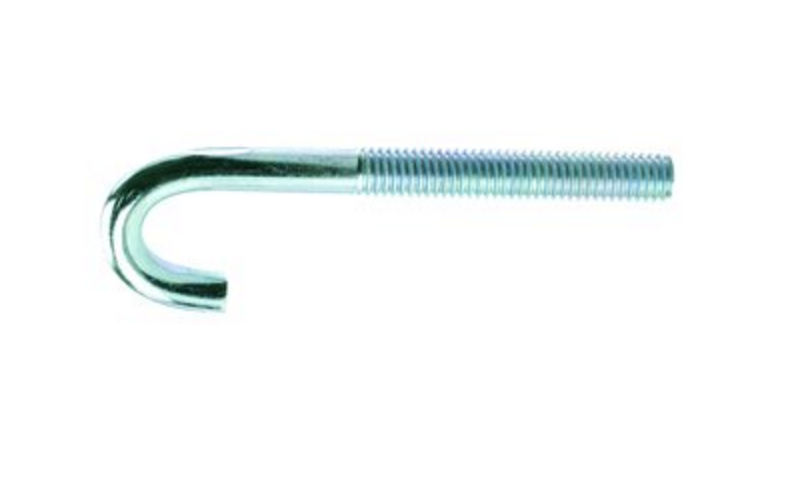Leftwow
Structural
- Feb 18, 2015
- 292
Is there scenarios where J-bolts are stronger? Even though mathematically headed bolts are stronger in breakout and pullout than J-bolts?
Follow along with the video below to see how to install our site as a web app on your home screen.
Note: This feature may not be available in some browsers.
FoxSE14 said:but you can't always teach an old dog new tricks - even if they're easier tricks.

